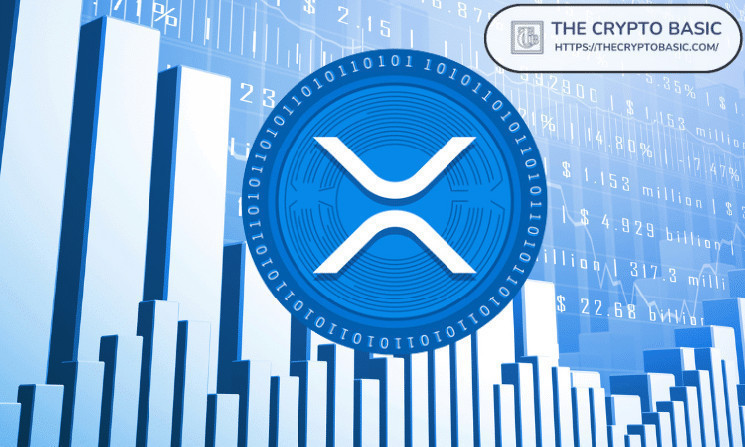The Bank for International Settlements (BIS) has released new requirements for banks looking to hold XRP and other Group 2 crypto assets.
The BIS, which positions itself as a bank for central banks globally, has introduced new regulations governing banks’ exposure to Group 2 cryptocurrencies. Notably, the BIS had in the past defined what Group 2 crypto assets are in an effort to separate them from other cryptocurrencies.
Group 2 assets include unbacked crypto assets such as XRP, Bitcoin (BTC), and Ethereum (ETH). The category also contains stablecoins that lack effective stability mechanisms. According to the BIS’ classifications, these assets are riskier due to their volatility.
The Bank of International Settlements released its new requirements criteria for holding these assets in a publication yesterday. Notably, prominent XRP community figure Eri called attention to the publication in a recent post on X.
📢New BIS Crypto Requirements
Finalized
Begins 1 January 2026
👉A bank's total exposure to all Group 2 (#BTC, #ETH, #XRP +) cryptoassets must stay under 1% of its Tier 1 capital.
👉No single Group 2 cryptoasset can make up more than 5% of the total Group 2 holdings.… pic.twitter.com/AV55j1H85z— 🌸Crypto Eri 🪝Carpe Diem (@sentosumosaba) July 18, 2024
BIS Latest Requirements for Banks Holding Crypto
In the latest requirements, the BIS has stipulated that a bank’s total exposure to all these Group 2 assets must not exceed 1% of its Tier 1 capital. For the uninitiated, the Tier 1 Capital represents a bank’s core capital.
This capital is the primary financial buffer that absorbs losses, ensuring the bank’s stability. Per the BIS requirement, if a bank with $1 trillion in Tier 1 Capital seeks to hold XRP and other assets in Group 2, the combined worth of all assets must not be more than $10 billion.
In addition, the BIS requires that no single Group 2 cryptocurrency can constitute more than 5% of the total Group 2 holdings. To put this into perspective, if the bank’s total Group 2 holdings amount to $10 billion, its XRP holdings alone must not exceed $500 million. The same applies to other Group 1 assets.
These limits are an effort to reduce the risk posed by the fluctuating value of these crypto assets. While cryptocurrencies have garnered public attention in recent times, certain events have exposed the risk associated with them. These events include the Terra implosion of May 2022 and the FTX collapse of November 2022.
Per the publication, the BIS’ recent requirements are set to take effect on January 1, 2026. The criteria could reshape how financial institutions interact with assets like XRP, Bitcoin, and Ethereum.
XRP Adoption Among Banks as Crypto Goes Mainstream
Crypto regulations have taken focus in recent times as the industry pushes further into the mainstream scene. For instance, the European Union recently enacted the first part of its MiCA regulations, affecting stablecoins.
Mainstream banks have begun gaining exposure to crypto assets. Recall that last December the Basel Committee disclosed the crypto holdings of 19 banks across different regions. The disclosure confirmed that these banks held $205 million in XRP at the time.
Despite this, XRP has not commanded as much adoption from banks and financial institutions due to the ongoing SEC lawsuit. Anderson, a crypto researcher, argued in February that XRP might not see increased adoption by banks until the U.S. SEC publicly declares it is not a security.
 thecryptobasic.com
thecryptobasic.com
